Following the completion of the third leg of my Trans-Mongolian railway journey, we pulled into Ulaanbaatar in the early hours where I was met and ferried off to my USD $5 per night hostel. It’s seriously hard to understand how a business can make any profit off $5 per day. I wasn’t planning on being in Ulaanbaatar long before as I was joining a small group of other travellers who were heading out of town towards the north west to the Gorkhi Terelj National Park. Gorkhi Terelj National Park is one of the largest parks in Mongolia and is specially set up to entertain tourists giving them the ability to experience the Mongolian wilderness, take horse rides, view Bactrian camels, Yaks and of course the spectacular scenery.
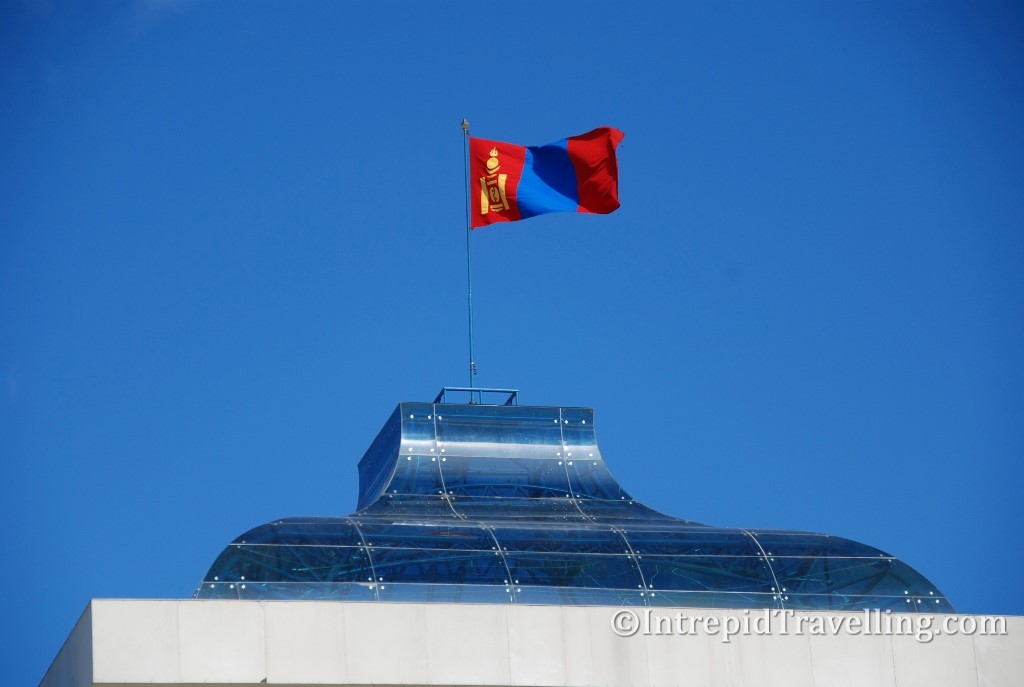
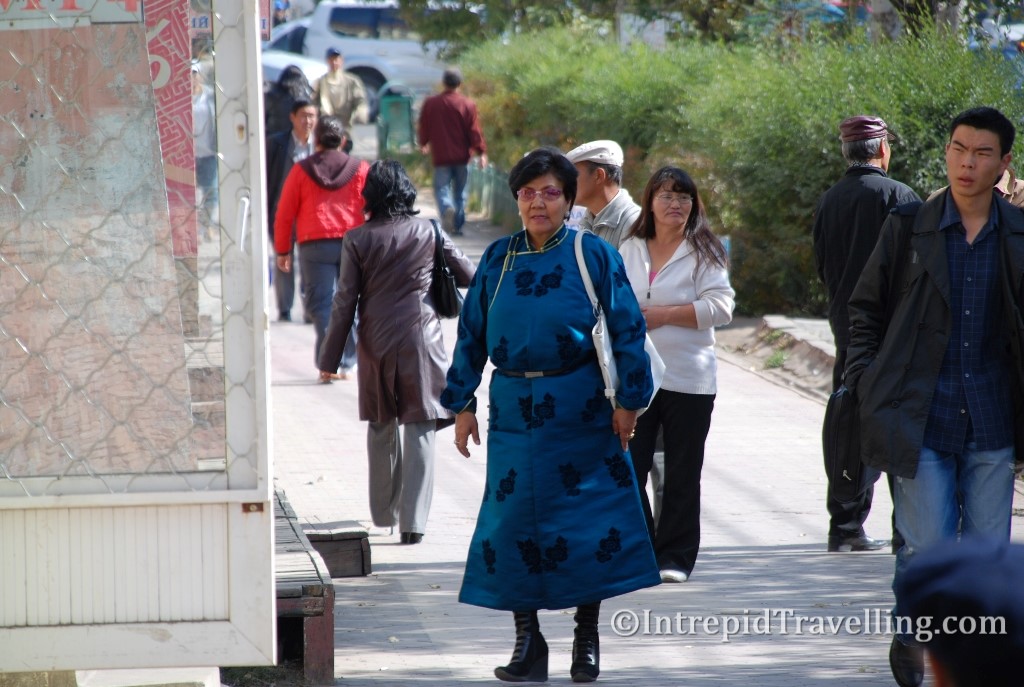
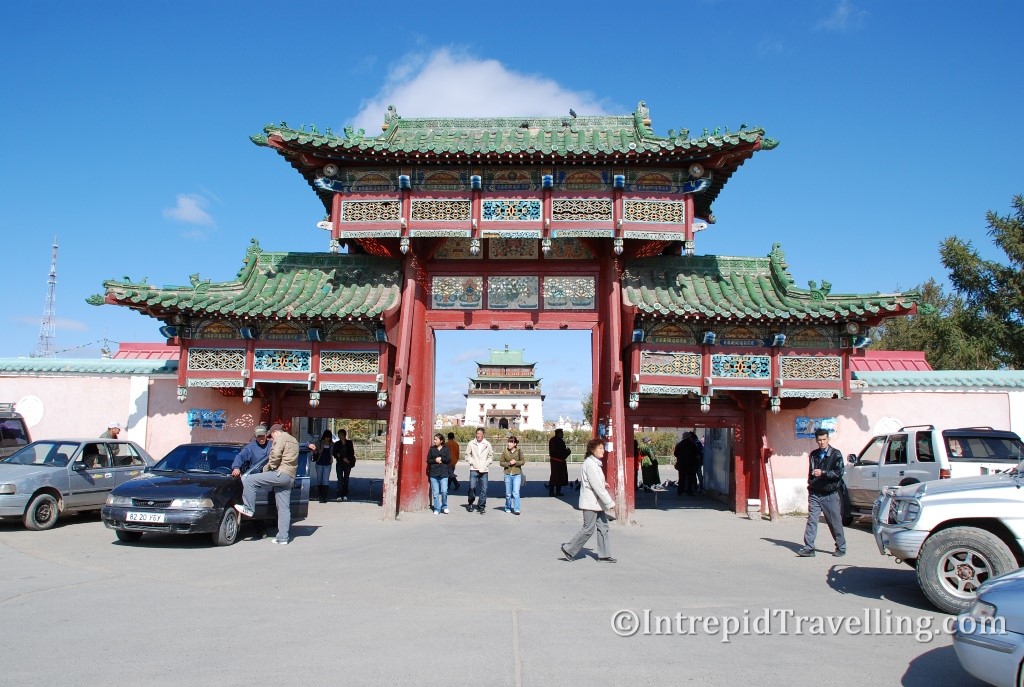
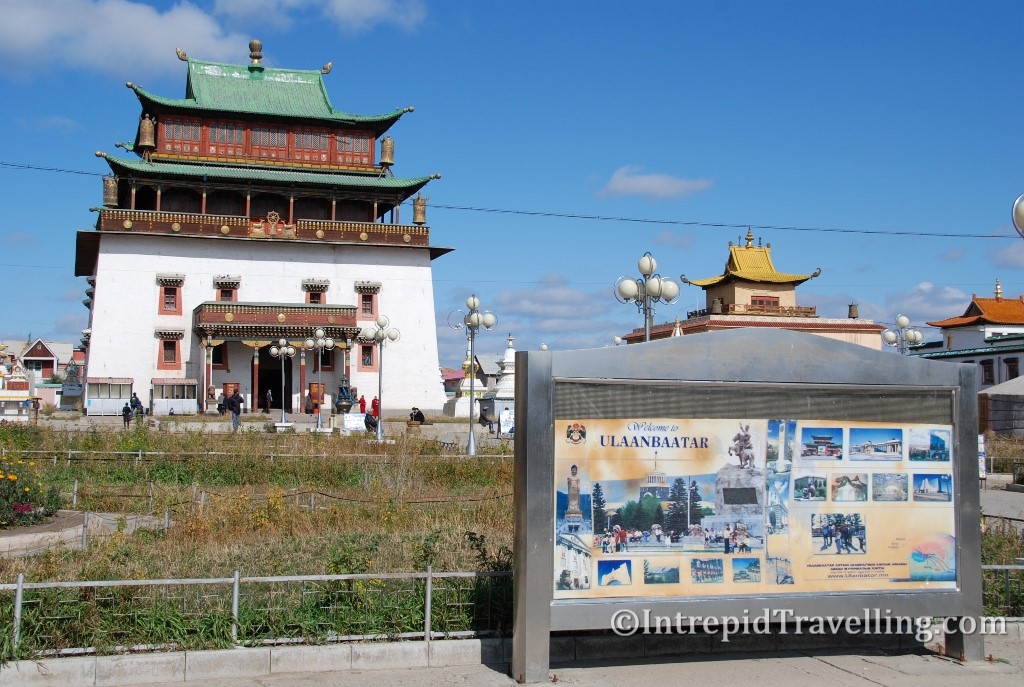
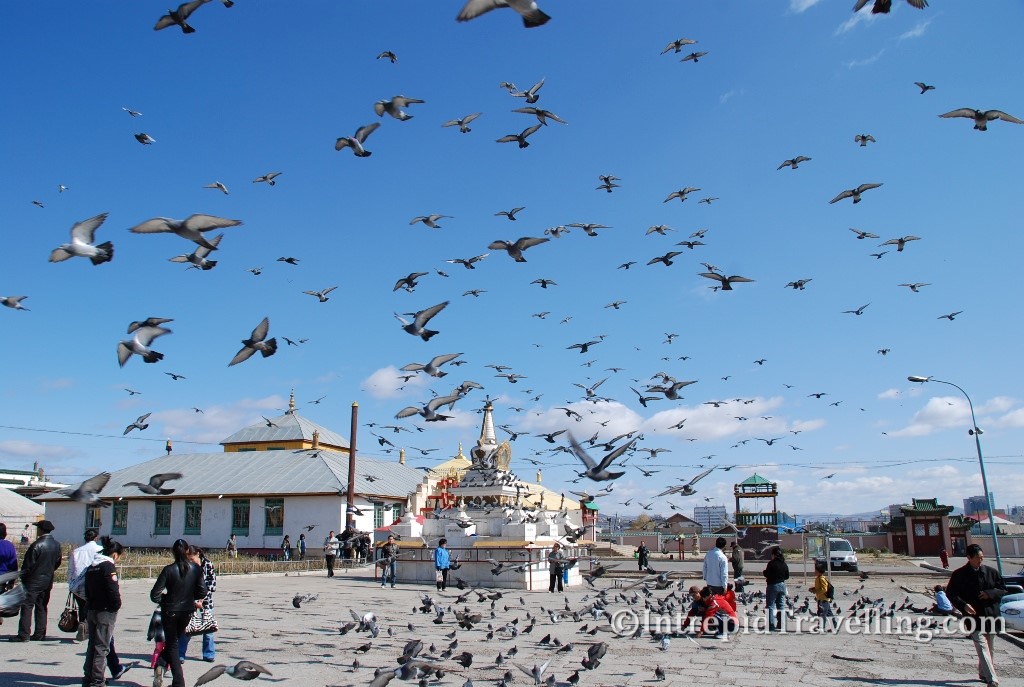
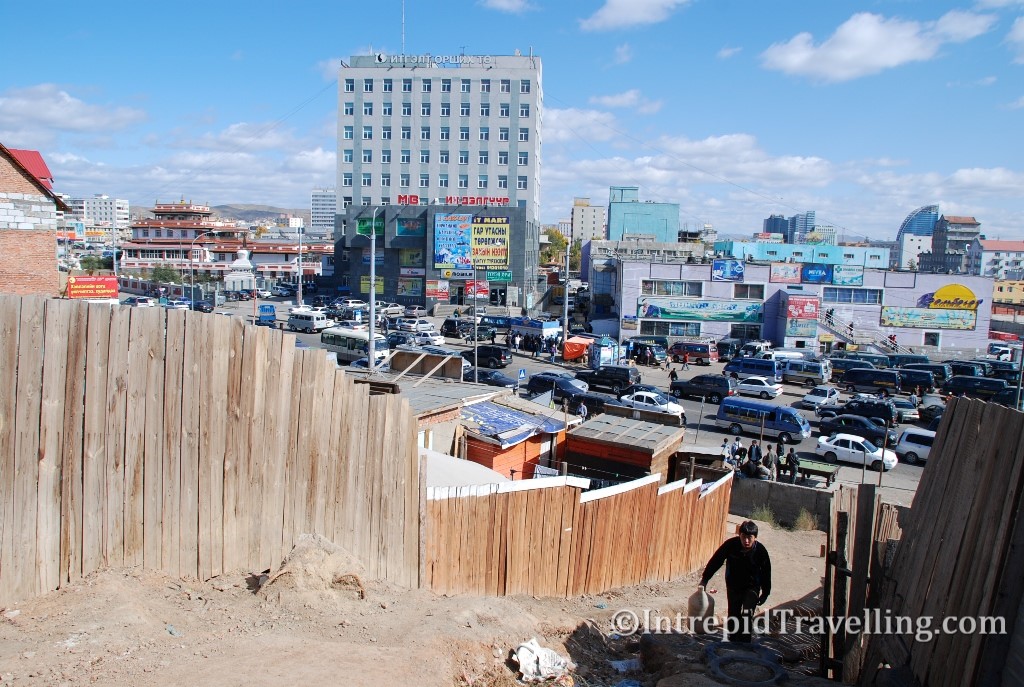
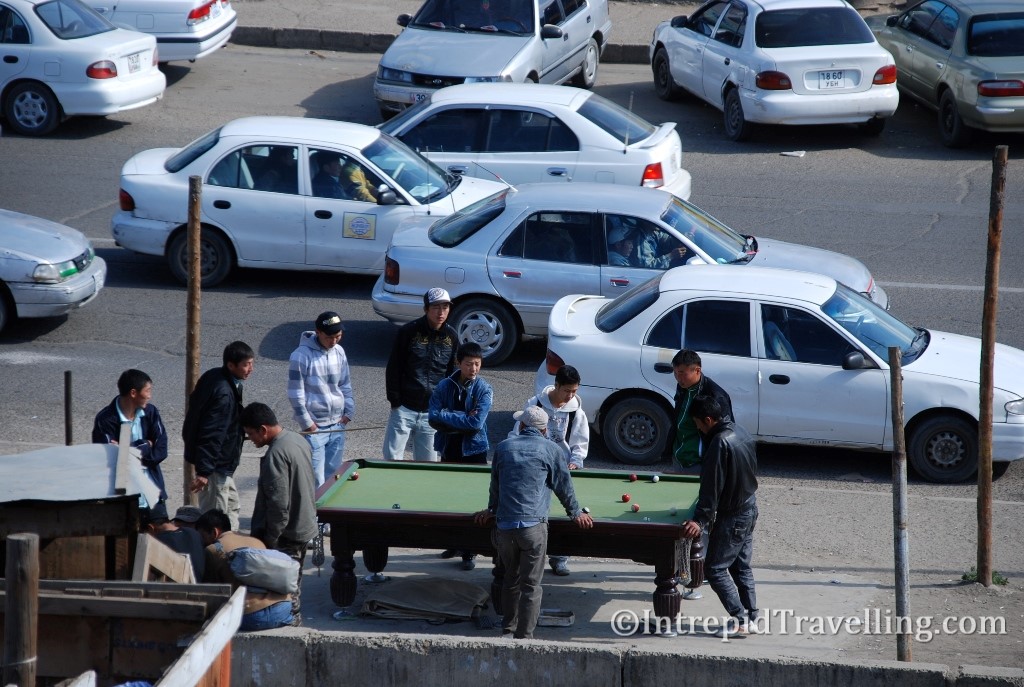
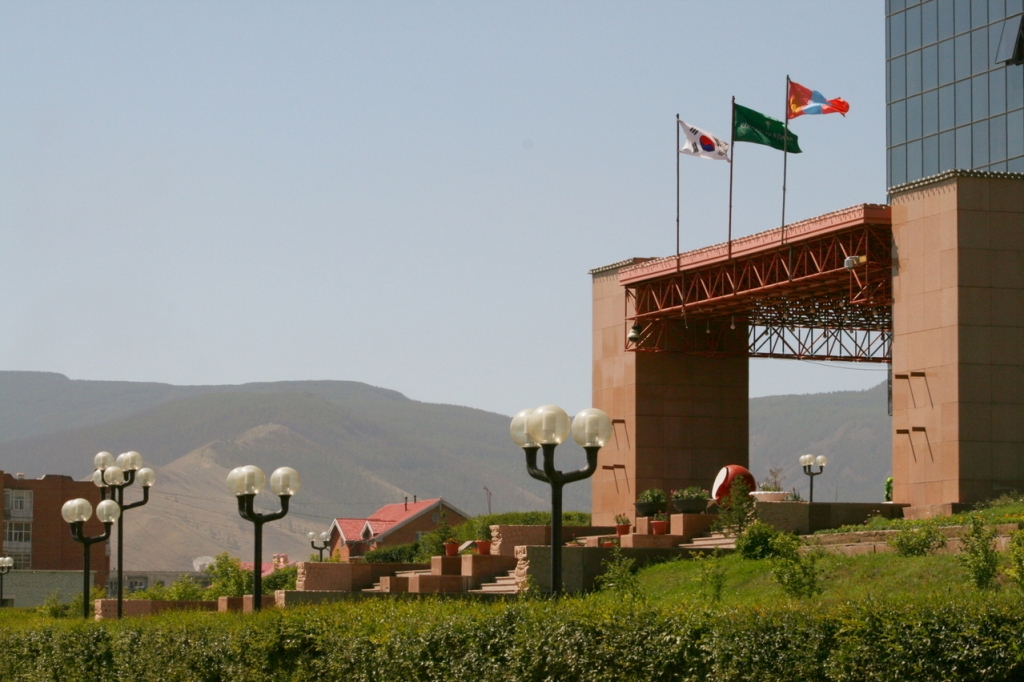
We would spend a few nights in a traditional Yurt (Ger), and were looked after by a nomadic family. At times I couldn’t help but feel a little like Dances with Wolves, near the frontier and I loved it! There was plenty of time to explore and hike in the nearby hills, climbing to gain a better vantage point of the surrounding plains and unique rock formations.
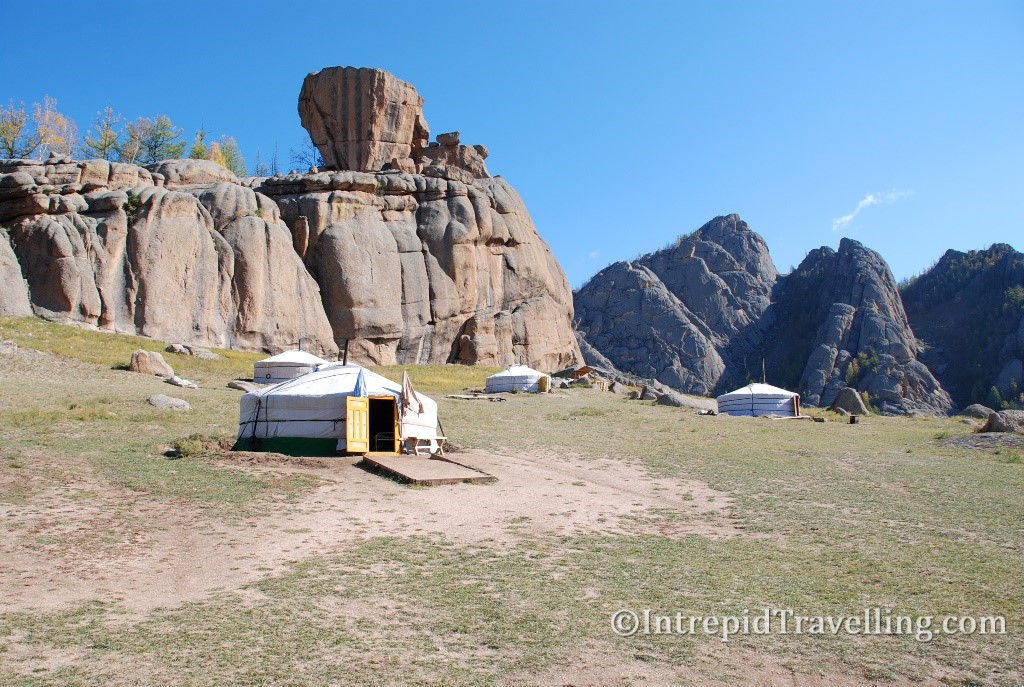
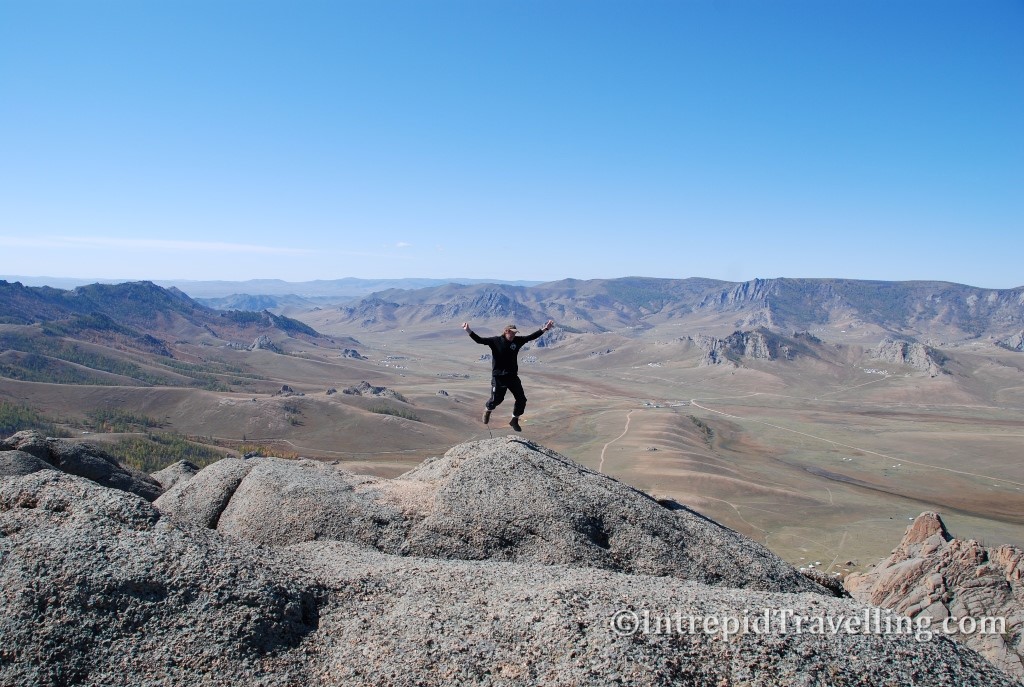
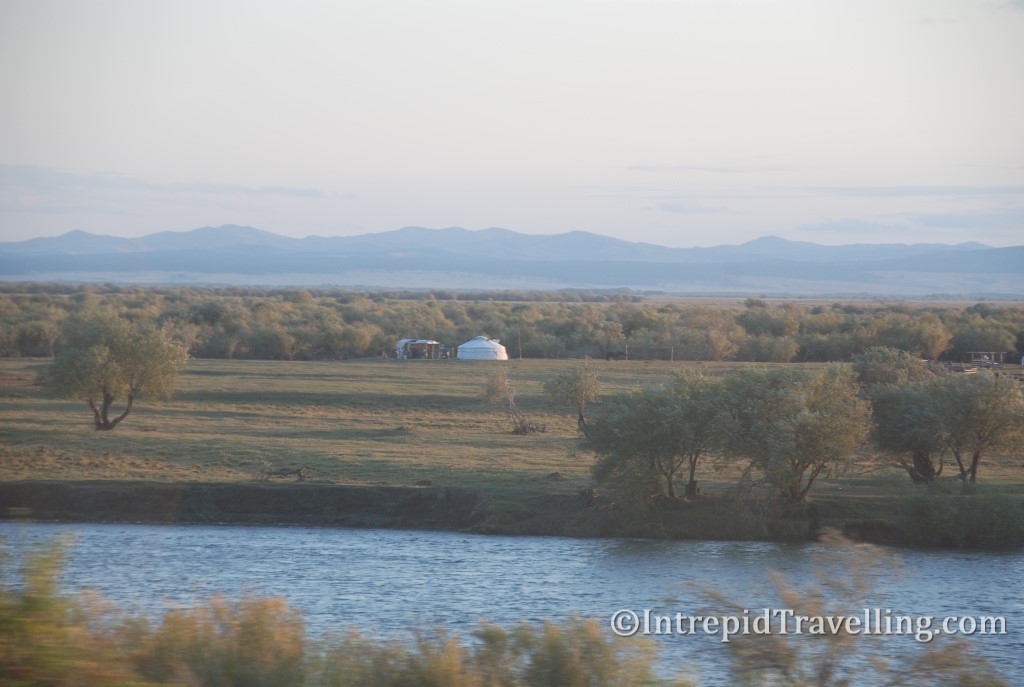
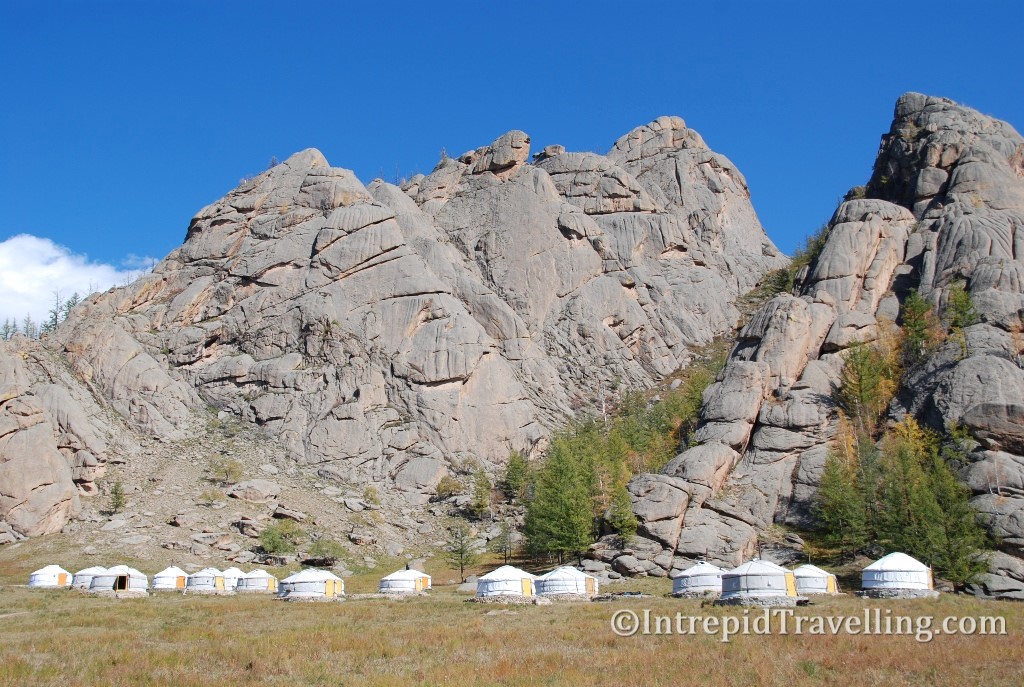
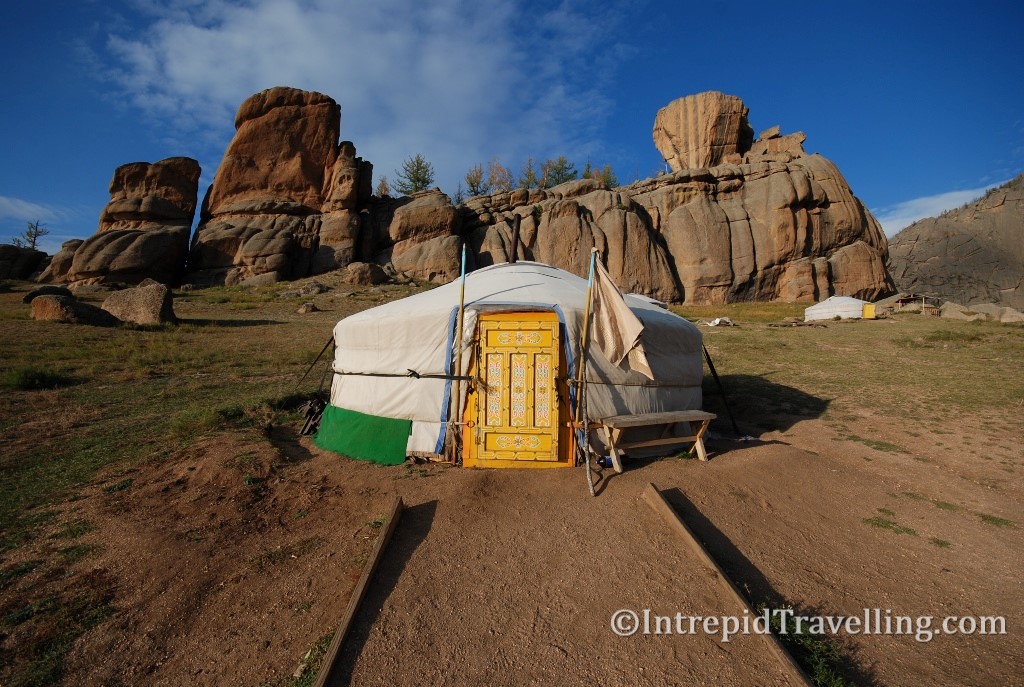
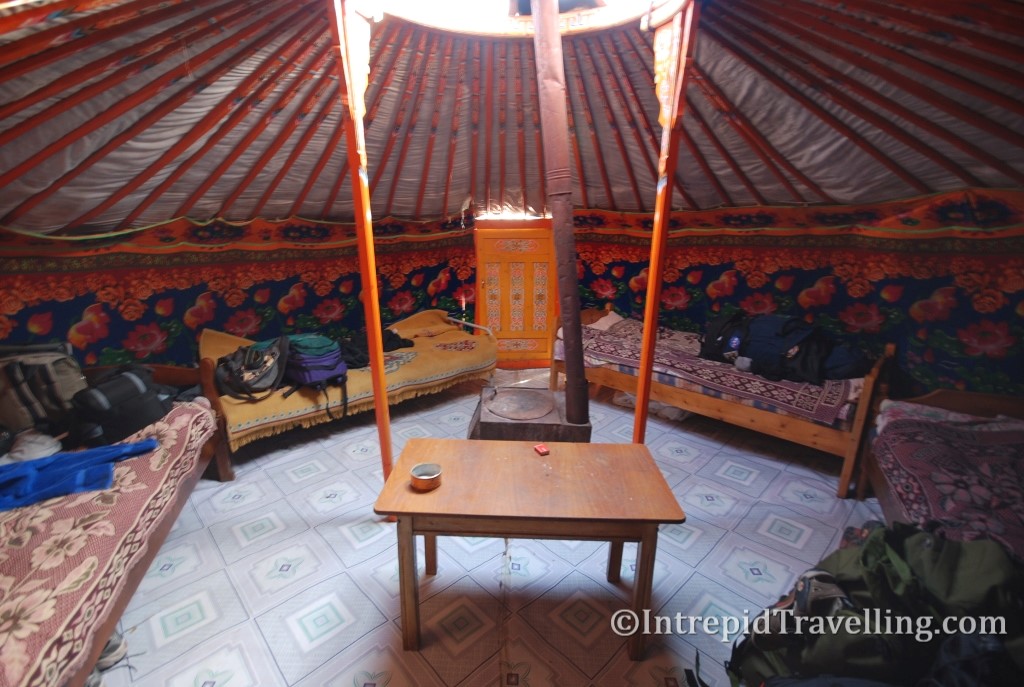
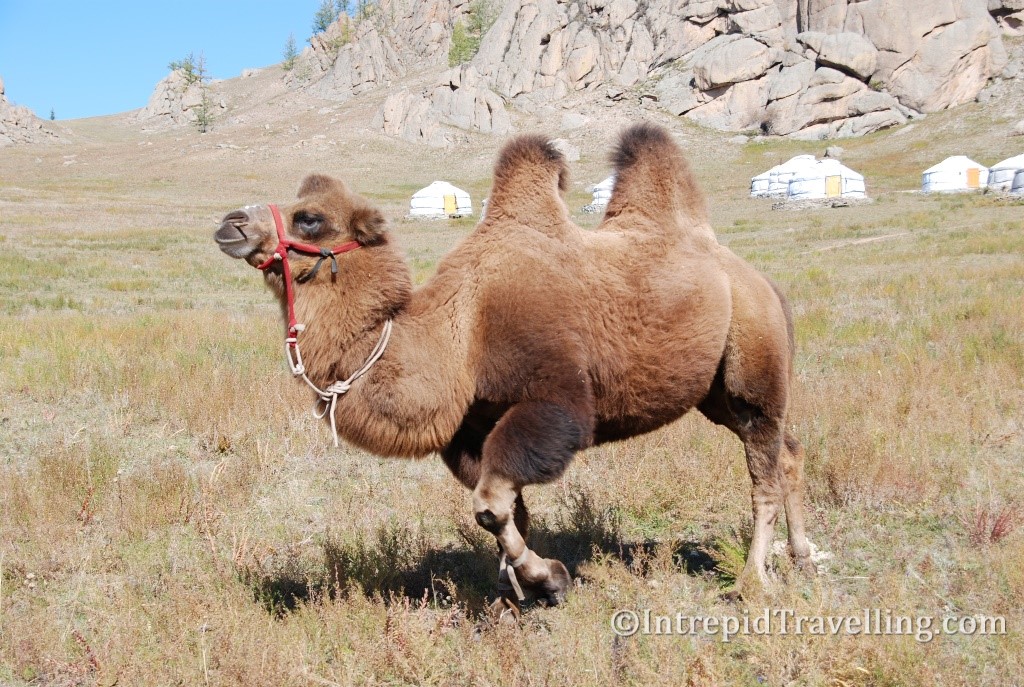
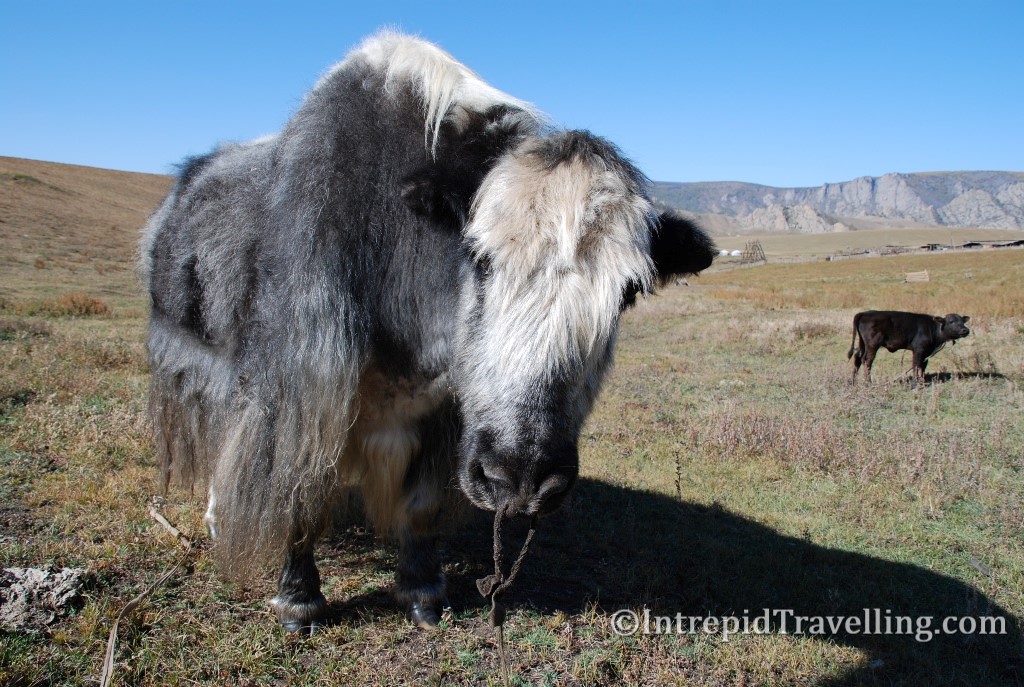
Back in the capital, I would visit the few sights that there did exist, all while dodging the man holes in the pavements which had all been pinched for recycled steel I assume. For a country of such magnificent natural beauty, its capital is rather undeveloped and dirty, although there is a lot of development going on so there is hope for it.
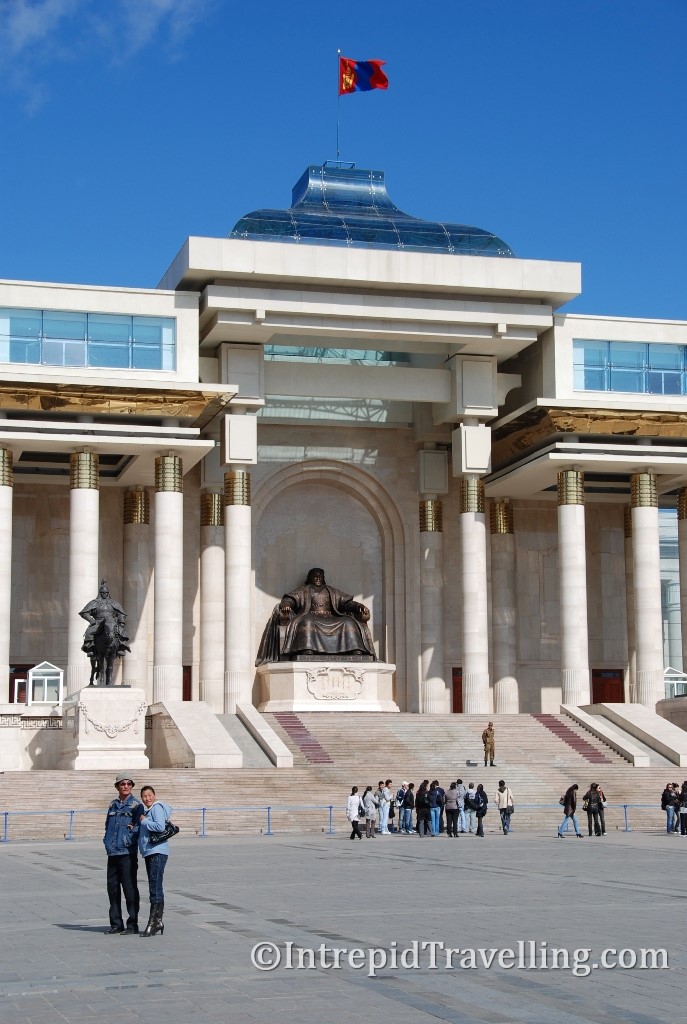
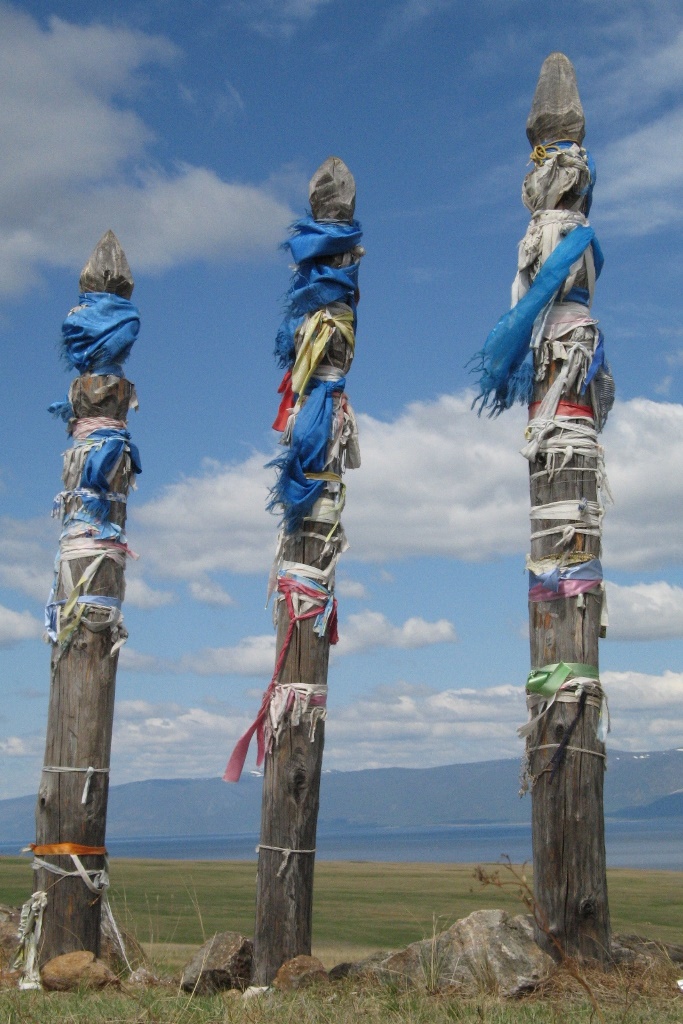
The reality is that much of the city is made up of Yurts and shacks which are only now being replaced by apartment block after apartment block – for better or for worse. This all stems from the migration from rural to urban life which is rapidly changing Mongolia and Ulaanbaatar.
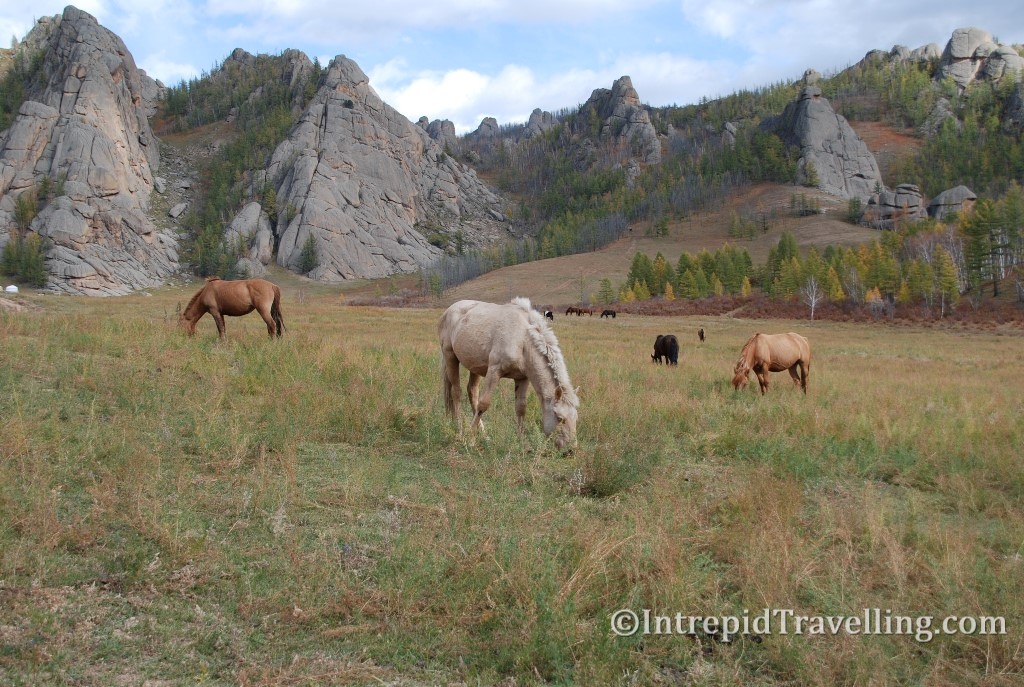
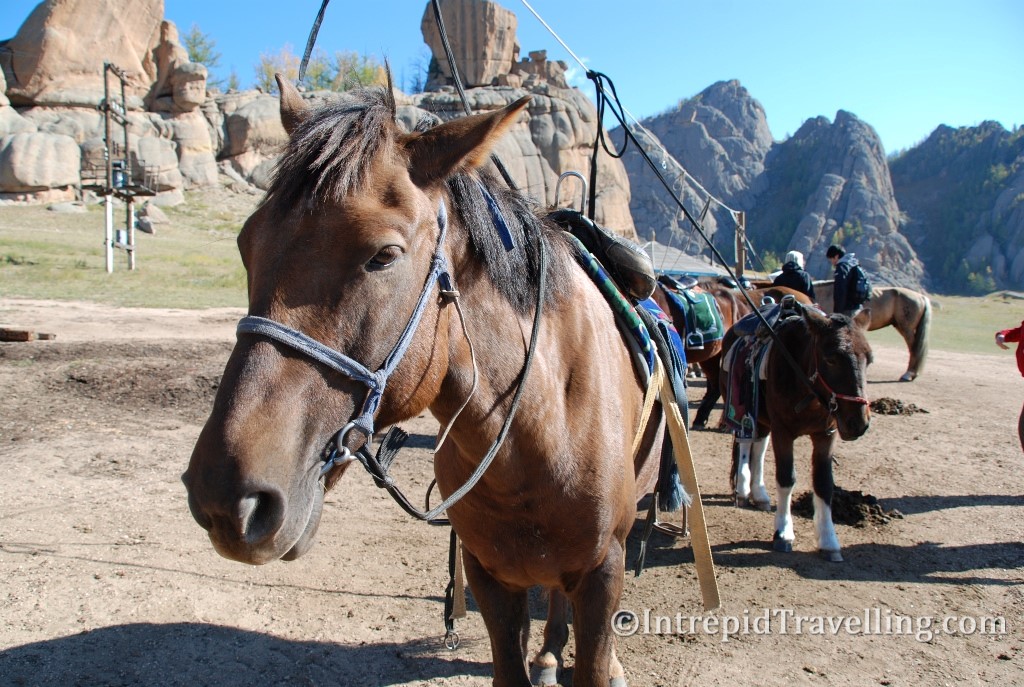
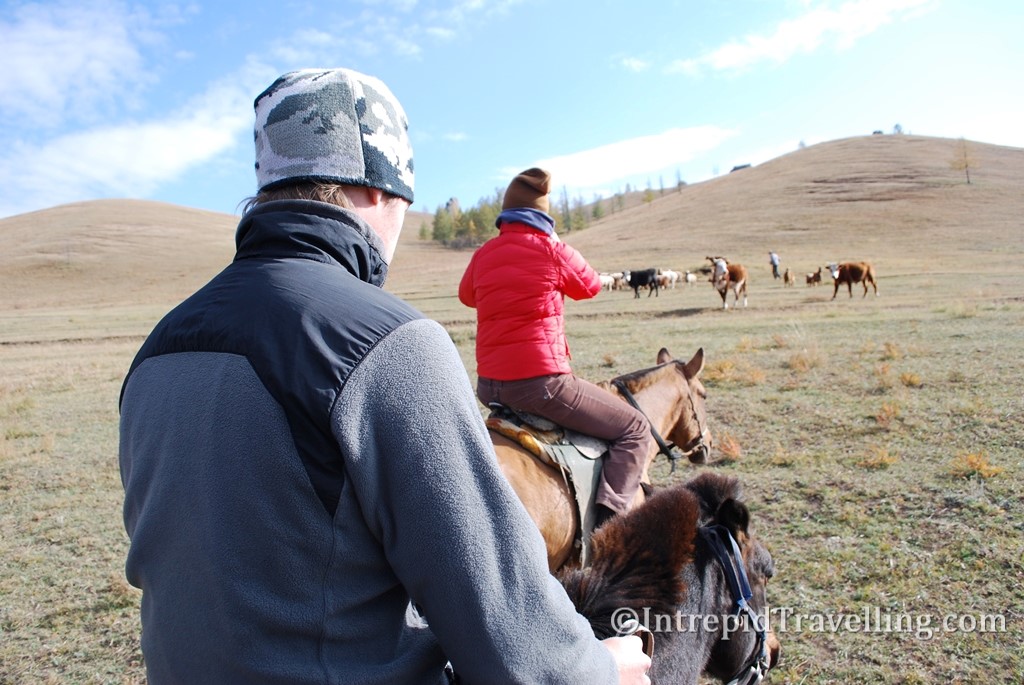
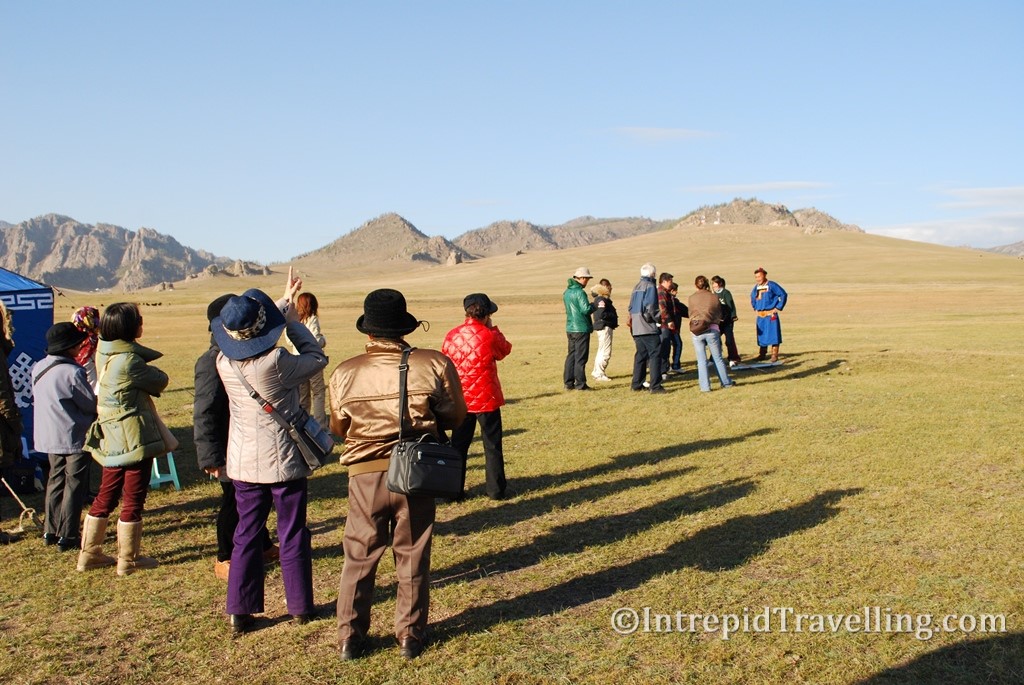
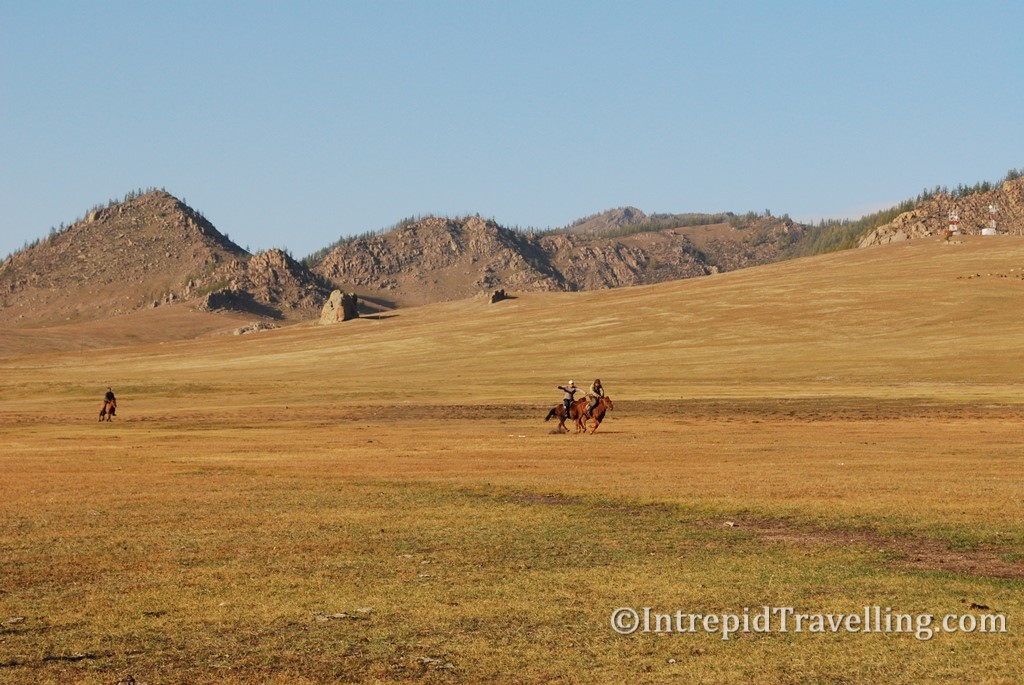
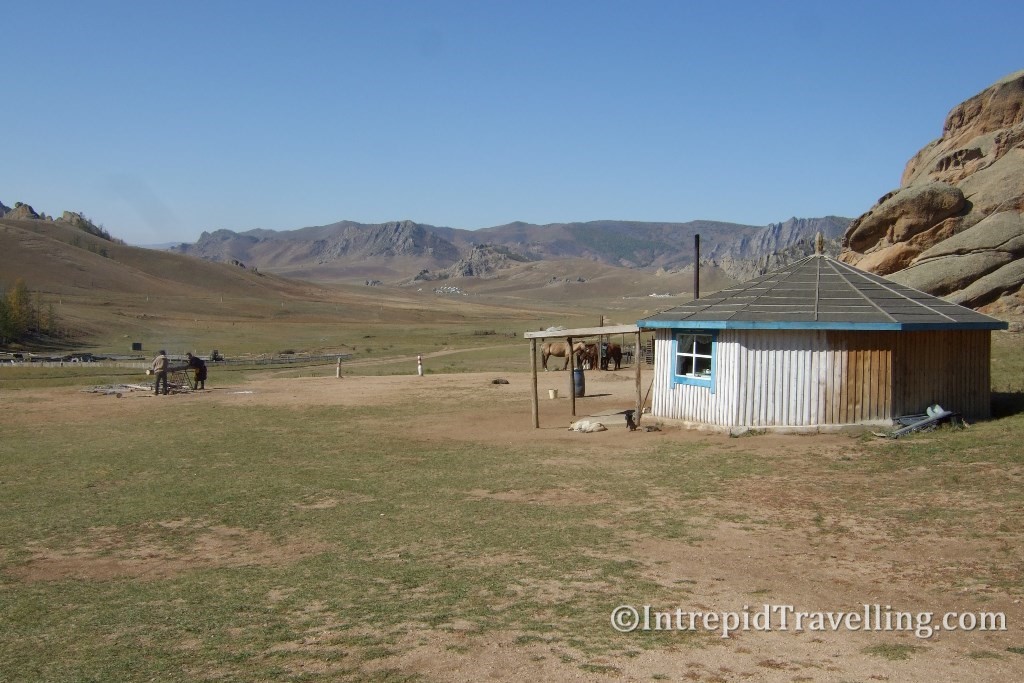
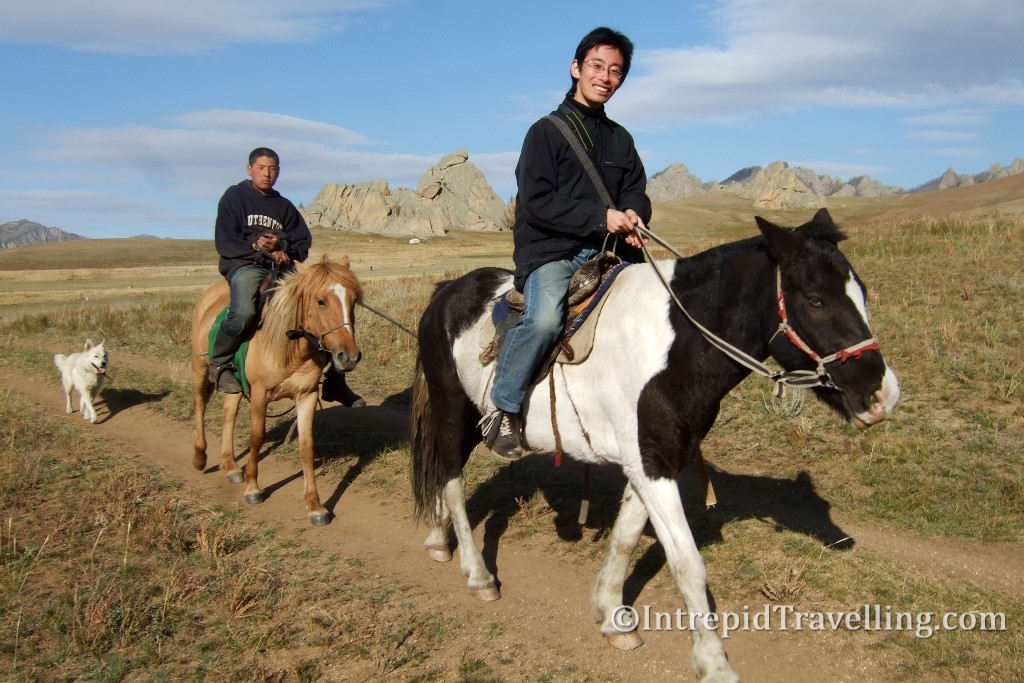
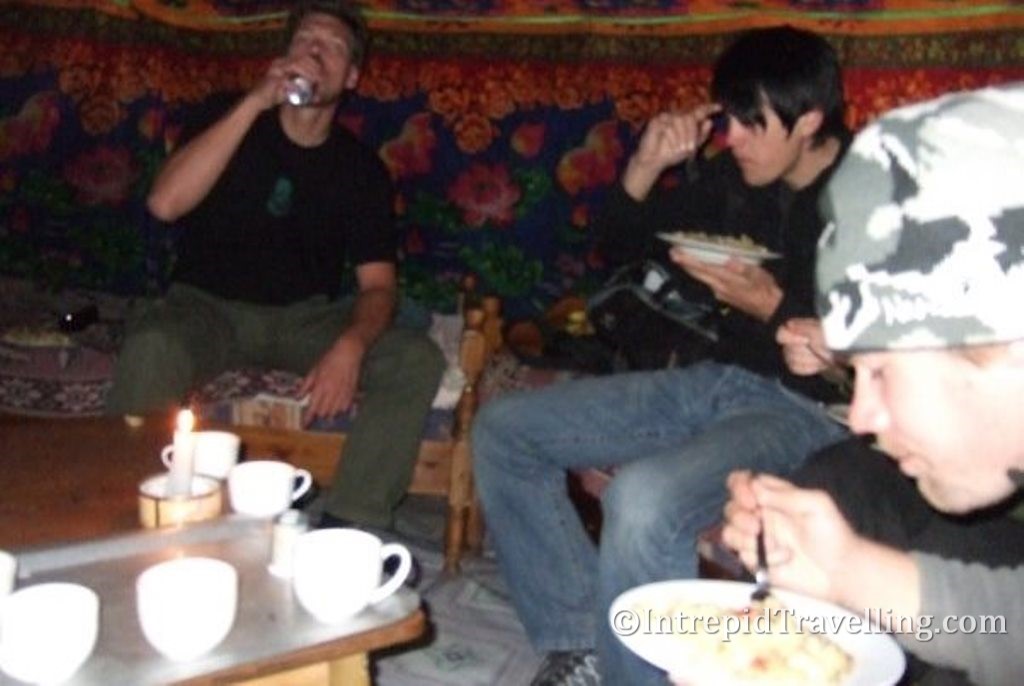
From Ulaanbaatar I would take my 4th and final Trans-Mongolian train to Beijing. This leg would take me across the great Gobi Desert through Inner Mongolia and into China’s ancient capital.




